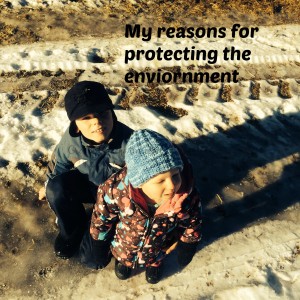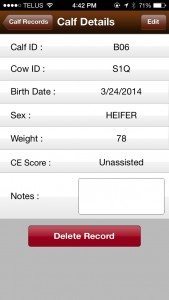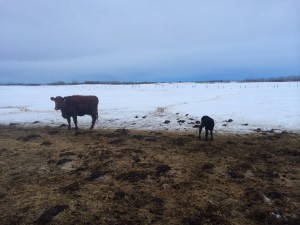Happy Earth Day, Canada!
I sometimes don't like the designation of Earth Day, because in my mind, Earth Day should be everyday. We should always be conscious about our impact on the environment. Here at the farm, not only are we conscious about our impact, but the environment is how we make our living. If we mistreat the environment, it is not going to be around for generations. As 5th generation farmers, we would like the legacy continue.
I thought I'd share with my readers how we strive to be environmentally friendly at the farm. In the house, we recycle all plastics, paper, cardboard, glass, metal, and beverage containers. All non-meat scraps are either fed to the chickens or composted. Our farm has an Environmental Farm Plan. Outside on the farmyard, all of the oil and filters from the tractors and vehicles are collected and recycled. Fuel is stored in double-walled fuel tanks. The net wrap, twine and bale wrapping from the hay and haylage is recycled. Cattle needles are disposed of as "sharps". Cattle manure is spread on crop land, and less synthetic fertilizer is needed. The sloughs on our land provide habitat to waterfowl, and the slough where our cattle are wintered on is fenced out to protect the wetland.
On the crop side of things, we recycle all the herbicide containers and the cardboard boxes they come in. We practice crop rotation to help prevent disease, control weeds, and manage nutrients. Every year, all our fields are soil tested. The soil is analyzed for remaining nutrients, and suggested fertilizer rates for the following years' crop is determined. The fertilizer is banded (or tilled) into the ground to prevent nutrient loss. We raise Roundup Ready Canola because it yields well, helps control a wide variety of weeds effectively with very little environmental impact, and using it in our crop rotation helps reduce the possibility of herbicide resistant weeds.
The Earth has been here for an extremely long time. The time that we spend here is very short, in comparison. Let's all take care of Mother Earth, treat her with respect, and ensure that our future generations will be able to treasure the things that we have.

































